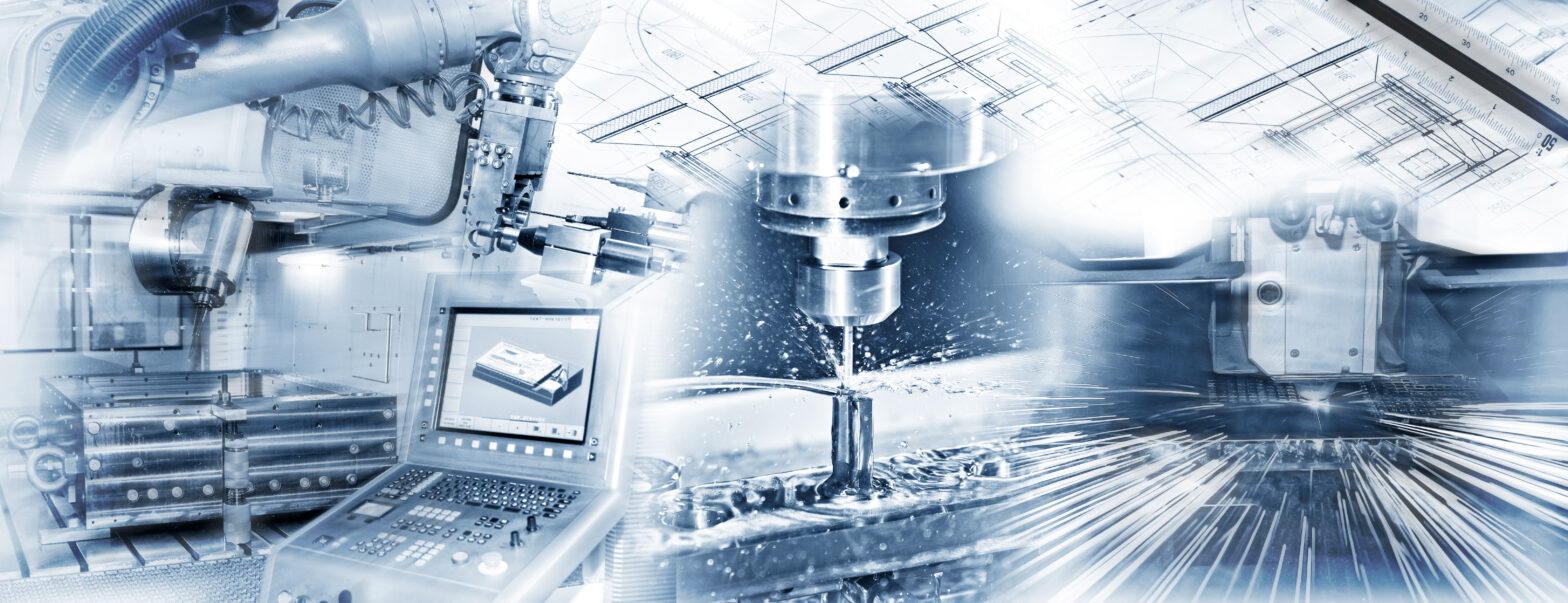While both RSO and RPA technologies are highly compatible, there a number of notable differences. Here are 10 ways that RSO is different to RPA.
1. To get the most out of RPA you need to know what, and what not, to automate within your business.
RPA is the application of technology that allows employees to configure ‘software robots’, or artificial intelligence (AI) to capture and interpret existing applications for processing a transaction, manipulating data, triggering responses and communicating with other digital systems.
2. RPA platforms have been designed to be excellent task bots: what they haven’t been designed to do is manage an end-to-end service.
Real end-to-end services involve customers, staff and different types of bot. All too often engineers try to use RPA tools to manage work across customers and staff – a job they’re just not suited for. That is where RSO comes in.
>See also: AI and automation will be far more significant than Brexit
3. Unlike RPA, RSO focuses on end-to-end services that customers’ buy, whether it is an internal customer expecting their new hire to be handled correctly or a customer expecting their new mobile phone to be switched over immediately.
Customers expect a complete outcome normally with multiple deliverables.
4. RSO means creating the best ecosystem for technology, process and practices. RSO enforces a change in behaviour towards improvement and agility, while maintaining command and control.
5. RSO tells you “what” processes to automate and “why”. Data from orchestration is the lifeblood of digital improvement. It helps businesses understand what is happening today, and how it can be improved tomorrow – it’s about lots of minute detail coming together to make a difference.
RPA, on the other hand addresses “how” businesses can automate particular tasks.
https://www.youtube.com/watch?v=1HRQA-CHIu4&t=8s
6. Many RPA deployments get to pilot stage, but stall without achieving strategic deployment.
RSO provides the strategic framework and roadmap that boards can buy into to help RPA projects to progress beyond the pilot stage.
7. RPA controls the robot activity at the detailed activity level, whereas RSO manages at the contact, service and process level, delegating to the RPA platform where it controls an action.
RSO measures all activity against business priorities and SLAs, and allows bots to be managed and measured, just like people.
>See also: RPA and the role of the CIO
8. Together, RSO and RPA address the entire cost base of an automation project. RSO tackles 60% of the costs that are associated with flow, and RPA tackles the remaining 40% of costs associated with actions.
9. Where RSO caters for services with a high degree of variability, RPA automates where there is little variability.
10. RSO brings inherent structure to RPA programmes. RSO allows lots of different automation technologies to be deployed seamlessly as part of a coherent automation strategy.
Doing business today is not a case of man or machine; society has now reached an age of man and machine.
The variable now is how the division of labour is managed, and RSO and RPA form a powerful partnership to deliver seamless, end-to-end automation services.
Sourced by Kit Cox, CEO, Enate







